We’ll look at the top ten Linux distributions in terms of software availability, installation, and usage simplicity, and online community support in this article.
Top 10 Best Linux Distributions Alternatives of All Time In 2022
1. Arch Linux
In the Linux ecosystem, Arch Linux is unique in that it is not based on any other distribution but is widely known and used by the community.
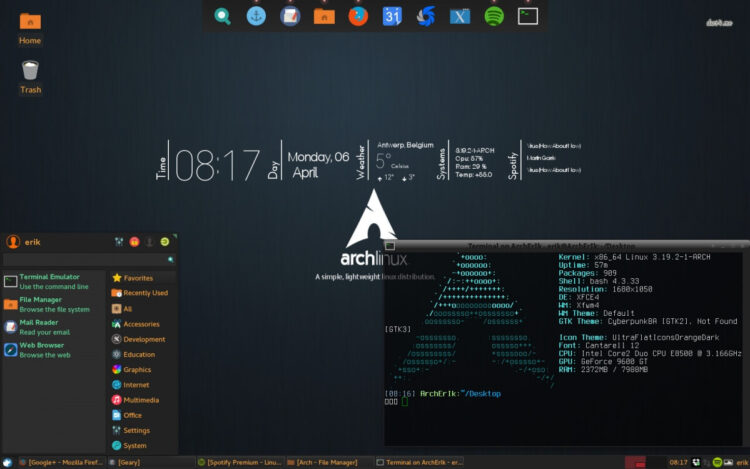
Because of the intricacy of the installation procedure, which requires a large level of user engagement, Arch is typically not recommended for new users.
You’ll need some knowledge of partitions, LVM, and Linux in general to have a solid installation. The good news is that this is precisely what allows the user to personalize the system.
2. CentOS
CentOS (Community ENTerprise Operating System) is an operating system for servers. Its desktop version is less popular, but the general design is always improving.
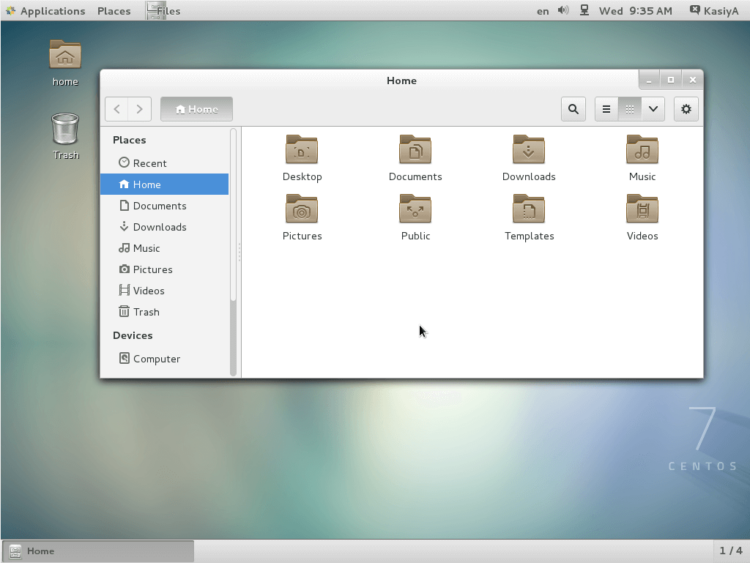
Although it is best known and frequently used as a Linux server distribution, it also has a desktop edition. Because of its durability, stability, and 100 percent binary compatibility with RHEL, CentOS is the most popular alternative to Red Hat Enterprise Linux on cloud VPS providers.
This is most certainly one of the driving factors behind the distribution’s continuous growth. This is my own preference when it comes to servers.
3. Elementary
Elementary (or more precisely Elementary OS), a Linux distributions aimed at Microsoft and Apple customers, is built on Ubuntu as well.
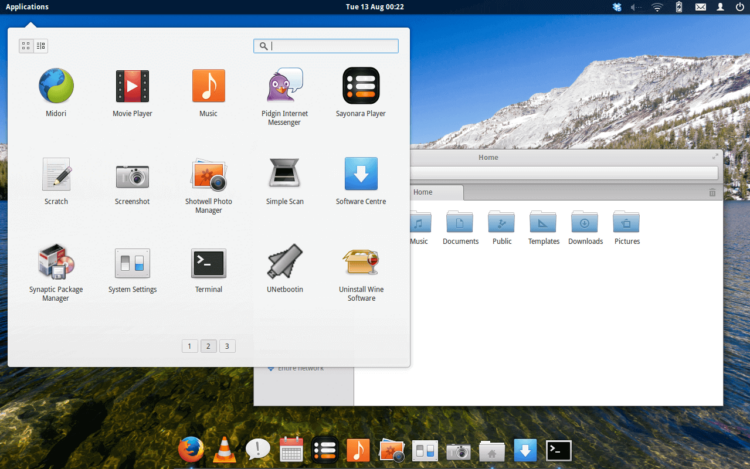
It was first released in 2011 and is presently on its fifth stable release (codenamed “Hera,” which was released last year) based on Ubuntu 18.04.
I believe this is one of the most appealing desktop distributions I’ve ever seen. Elementary’s sophisticated visual appeal is one of its distinguishing features.
4. Zorin
After failing to make the Top Linux distributions list this year, we may say that Zorin has risen from the ashes.
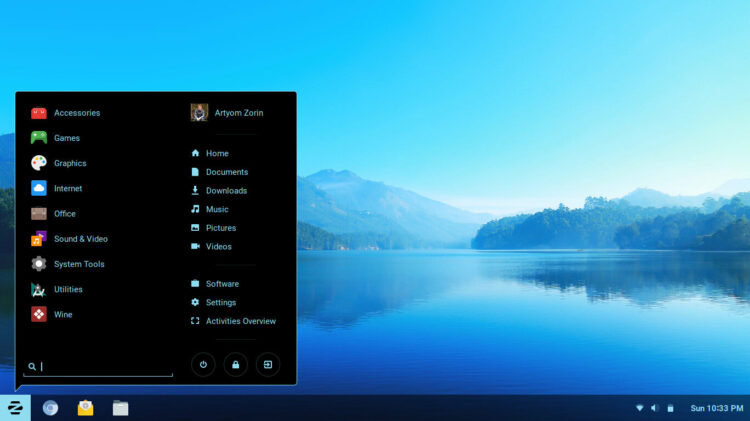
This Ubuntu-based distribution was developed and is still maintained in Ireland. To appeal to Windows users, it provides a Windows-like user interface and various apps that are similar to those found in Windows.
Read also : Best Apps like Panda Helper
This distribution’s main goal is to develop a free operating system that is equivalent to Windows and allows Windows users to utilize Linux without difficulty. Zorin 16 was released this year.
5. Fedora
Fedora is developed and maintained by the Fedora Project (and sponsored by Red Hat, Inc.).
The greatest distinguishing feature of Fedora is that it is always the first to incorporate new package versions and technologies into the distribution.
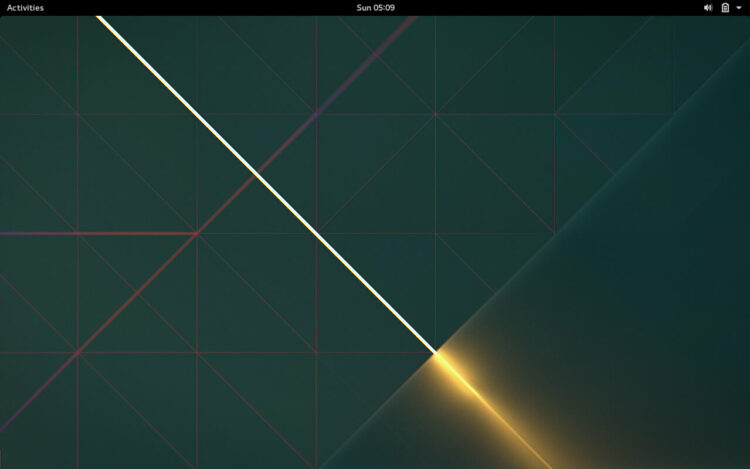
Fedora should be one of your first destinations if you’re looking for the most up-to-date FOSS software.
6. Manjaro
Manjaro, an Arch Linux distributions, had considerable growth in 2016. By exploiting Arch Linux’s robustness and capabilities, the Manjaro maintainers have been able to consistently provide a pleasant experience for both novice and experienced Linux users.
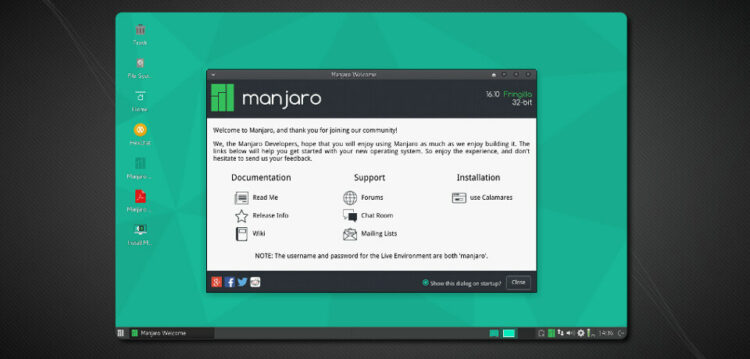
If you just remember one thing about Manjaro, it comes with pre-installed desktop environments, graphical programs (including a software center), and multimedia codecs for playing audio and video.
In 2020, four significant upgrades were released: 19.0, 20.0, 20.1, and 20.2. Finally, do yourself a favor and check out Manjaro.
7. openSUSE
Along with Ubuntu, OpenSUSE is one of the open enterprise choices (Red Hat Enterprise Linux). OpenSUSE is also the operating system of choice for both novice users and geeks, according to its developers (you may disagree).
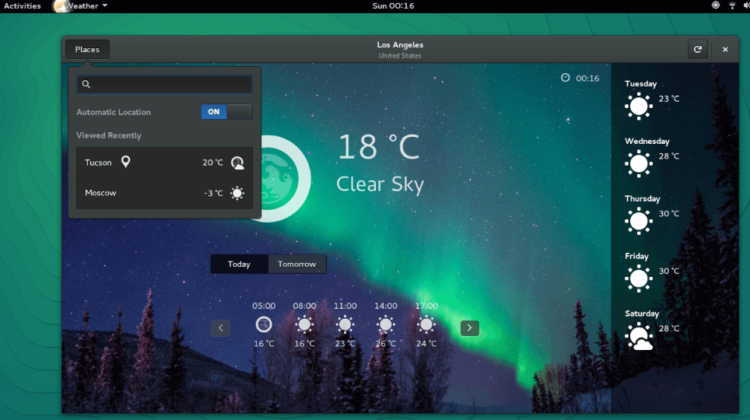
In addition, OpenSUSE serves as the backbone for SUSE Linux Enterprise, which has won numerous awards. openSUSE Leap 15.2 was updated last year.
8. Ubuntu
Ubuntu stands out for people and enterprises who seek skilled assistance from the creator of a distribution. Despite the fact that professional help is available with a support contract, Ubuntu has a large user base and great community support. Alternatives to Constant Contact are also available.
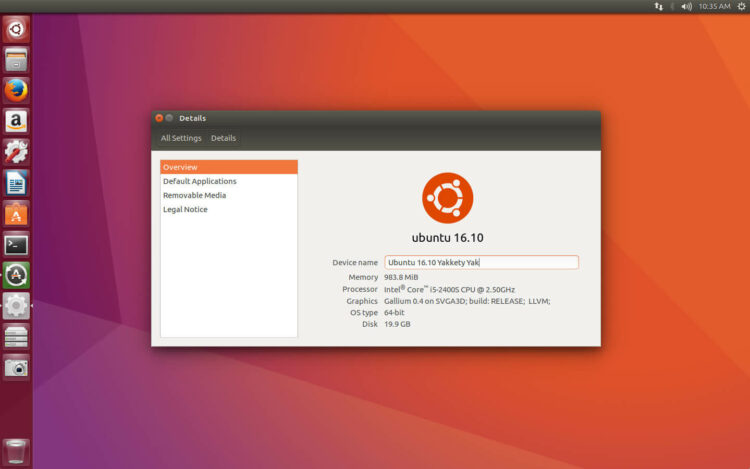
Ubuntu is a rock-solid operating system based on Debian that is available in both desktop and server editions. Long-Term Support (LTS) editions come with a 5-year support warranty from the time of publication.
9. Debian
After more than 27 years, Debian stands out in the Linux ecosystem for its durability, reliability, and well-oiled release cycle. In addition, it is the distribution with the most packages and one of the top server alternatives.
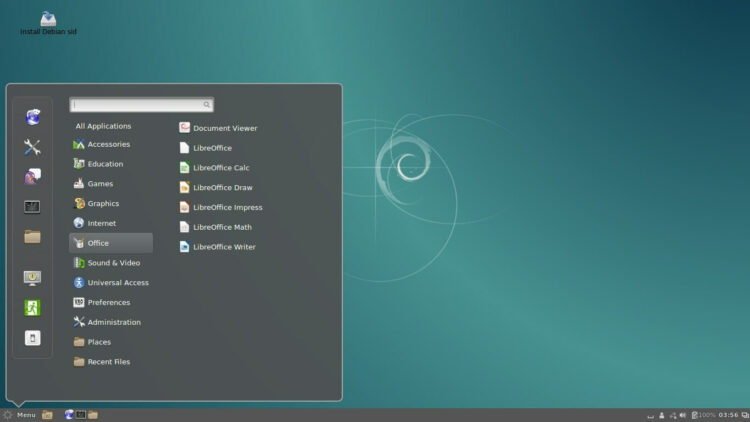
Debian 11 (codename Bullseye) will replace the current stable release around the middle of 2021. (version 10.9, codename Buster). Debian does not appear to be returning to SysVinit as the default system and process manager.
10. Linux Mint
Linux Mint is a stable, robust, and appealing Ubuntu-based system. One of the reasons for its success is that until version 20.x, it came with a lot of useful software out of the box (such as multimedia codecs).
This was no longer the case with version 18, and users were left to install such programs once the operating system had been installed. To be clear, this does not imply that Linux Mint has abandoned support for multimedia codecs and other software that it previously included.
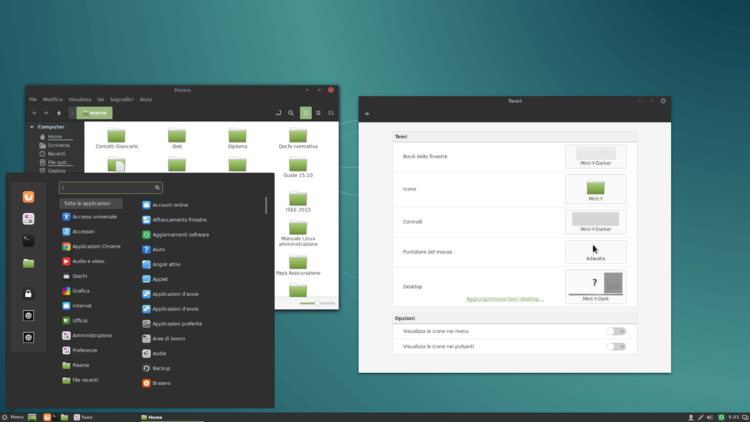
The reason behind this decision is straightforward: supplying codecs did not enhance distribution and took a significant amount of effort on the part of the developers.
As a result, Linux Mint is a popular choice among both new and experienced users because it is a complete operating system that can be used right away after installation.
Summary
In this post, we’ve offered a quick rundown of the top ten Linux distributions of all time. We hope this information will assist you in making an informed decision, whether you’re new to Linux and unsure which distribution to start with or an experienced user wishing to broaden your horizons.
I encourage you to use the comment box below to contribute to the discussion about this post. Your views, questions, and comments are welcome at Tecmint.com.
Related :






